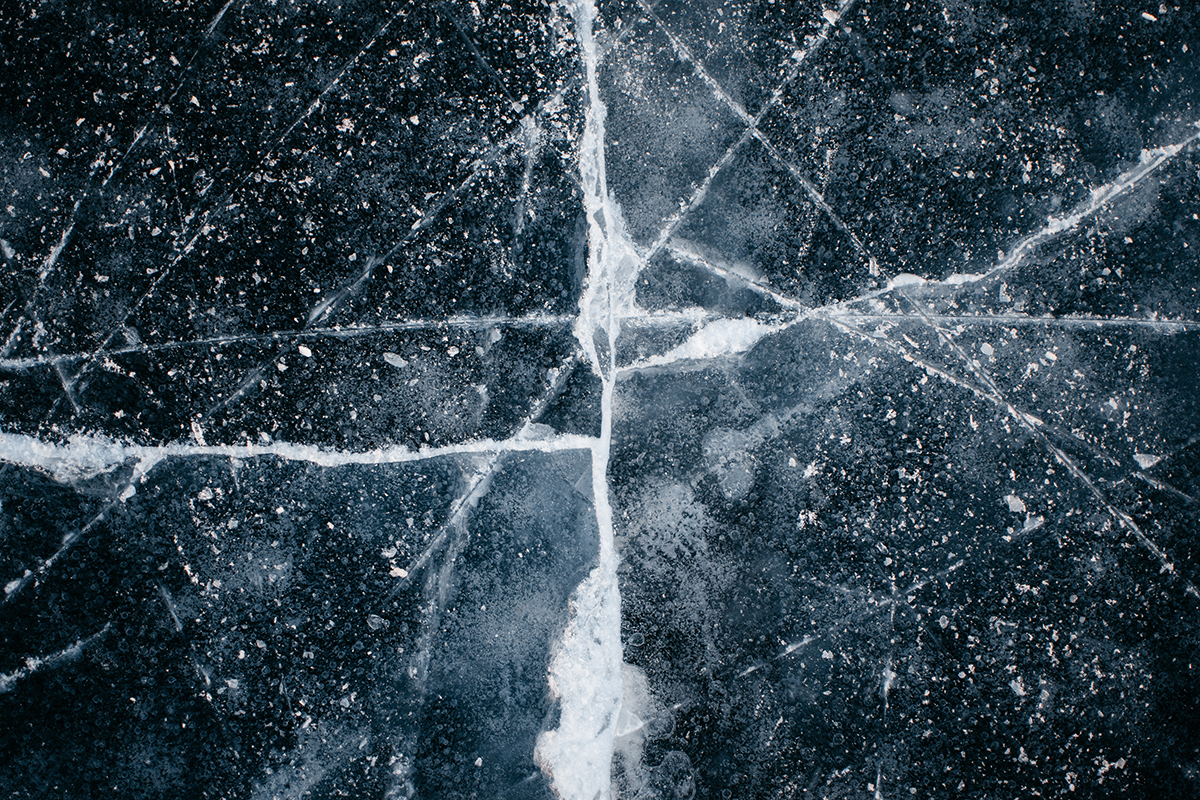Ice age sea-level drops not caused by CO2-level changes
The increasing amounts of carbon dioxide in the atmosphere due to human activity will contribute to future sea-level rises, but new research has revealed that rapid ice age sea-level drops were not caused by changes in CO2 concentrations.
The international study involving The Australian National University (ANU) found that the climate during the last ice age, which ended tens of thousands of years ago, could flip with smaller, more localised disruptions such as the discharge of huge masses of ice.
Conversely, large disturbances such as a change in carbon dioxide levels or temperature are needed to rapidly change the present climate.
Co-researcher Dr Tezer Esat from ANU said the study made the surprise finding that the sea level dropped abruptly 20,000 years ago by 20 metres, instead of rising as scientists had previously thought, to bring the sea level down to 130 metres below the present level.
Scientists had already discovered another sudden 40-metre sea-level drop occurred around 31,000 years ago.
“Our study is unique and completely rewrites the history of this period of rapid sea-level drops and corresponding increases in ice volumes globally that is known as the Last Glacial Maximum,” said Dr Esat from the Research School of Earth Sciences and the Research School of Physics and Engineering at ANU.
Dr Esat said the study found that abrupt sea-level drops during the Last Glacial Maximum were not precipitated by any concrete climate indicators, such as changes in carbon dioxide levels or temperature.
“Transitions appear to have occurred spontaneously,” he said.
“But it is important to note that scientific evidence indicates that increasing levels of carbon dioxide in the atmosphere due to human activity is affecting the present climate and is expected to contribute to future sea-level rises.”
“After this period of rapid sea-level drops, the evidence indicates that the sea level rose at an average rate of 1.6mm per year over around 4,000 years and it has continued a rising trend to the present,” Dr Esat said.
Earth is in an interglacial period today, with warmer global average temperatures compared to the last ice age when the world was dominated by glaciers.
“The expectation is that during interglacial periods, such as the present, large disturbances such as a change in carbon dioxide levels or temperature are needed to rapidly change the climate,” Dr Esat said.
“During the last ice age, the state of the climate could flip with relatively small disturbances. Ice discharges were of sufficient volume to suddenly change the sea level by 10 to 15 metres in a matter of decades.”
To conduct this new study, scientists from Australia, Japan, Britain, the United States, Germany and Spain collaborated in the analysis and dating of more than 900 coral samples from Australia’s Great Barrier Reef.
Dr Esat and Associate Professor Stewart Fallon from the ANU Research School of Earth Sciences contributed to finding the critical timing of the sea-level changes.
The coral samples came from an Integrated Ocean Drilling Program (IODP) expedition to the Great Barrier Reef that collected 34 drill cores from 17 sites around Mackay and Cairns.
“The Great Barrier Reef is an ideal location because the corals that reveal these dramatic changes in sea level can be found on the east coast continental shelf edge at least 120 metres below the current sea level,” Dr Esat said.
As sea levels fall and rise, the redistribution of mass between the ice sheets and the oceans cause changes in Earth’s topography.
“As the ocean water mass increases – from melting ice sheets – the oceanic crust is depressed; islands and continents get pushed up as the mantle flows underneath,” Dr Esat said.
“To someone at the coast, the sea level would appear to be falling.”
The research is published in Nature: https://www.nature.com/articles/s41586-018-0335-4

